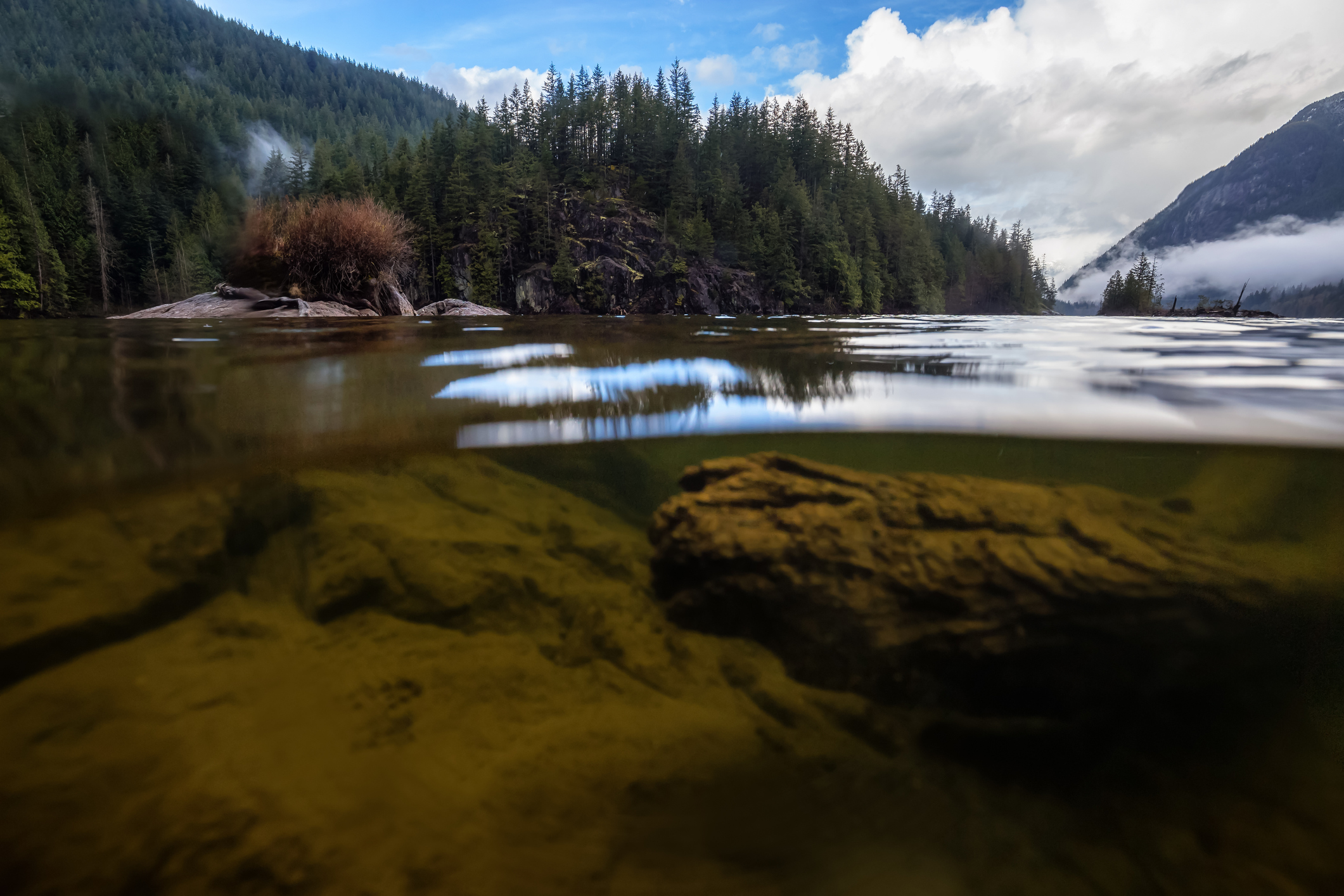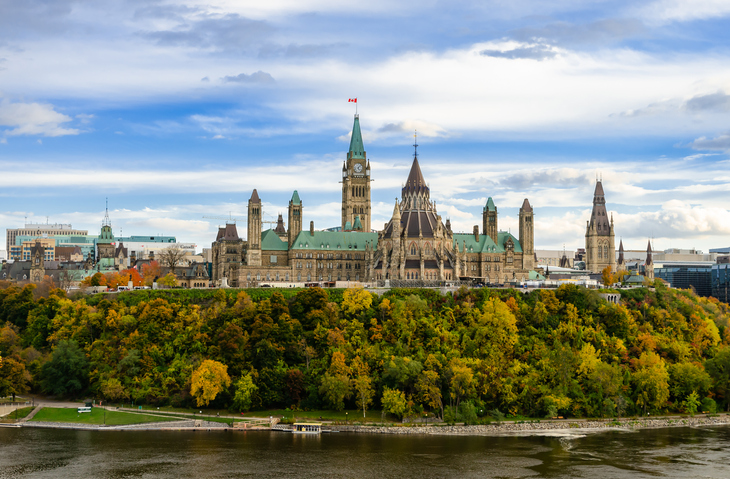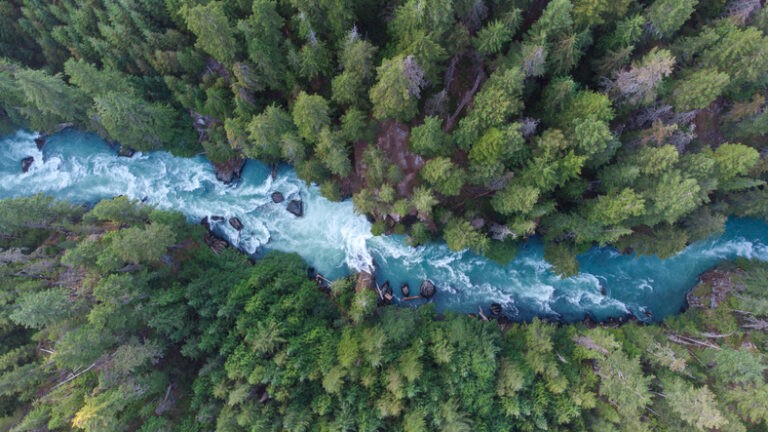Canada holds 20 per cent of the world’s freshwater, which is facing high levels of stress from pollution, habitat loss and fragmentation, overuse, and increasingly, climate change and biodiversity loss. The health of freshwater in Canada remains largely unprotected and unknown, and without enough data it will be difficult to address freshwater health in the face of climate change and provide the proper protection it needs.
This year, we took a deeper look at the state of freshwater to see how it has changed since our last assessment in 2017. Our new report raises serious questions about how freshwater ecosystems are faring in response to threats from human activities, and once again underlines the need for consistent water monitoring across the country to identify those watersheds that need urgent conservation action.
For the 2020 Watershed Reports, we reassessed the health indicators (flow, water quality, benthic invertebrates, and fish) for all 167 sub-watersheds and found both exciting and concerning results. Sixty-four percent of sub-watersheds with enough data scored good or very good for overall health. However, 100 sub-watersheds did not have enough data to receive a score. This is a slight improvement from 2017 where 110 were data deficient, with 19 receiving a score of less than good. Despite significant efforts and additional available data, data deficiency is still a major challenge and it continues to obscure how threats are affecting most of Canada’s watersheds.
Erratic flows are a growing concern for maintaining freshwater health
The additional data that was available for the 2020 report did, however, highlight some new findings that can help determine future freshwater conservation efforts. For instance, with flow we found that the number of sub-watersheds scoring below good has nearly doubled since 2017, going from 37 to 67. This new data, which was available due to additional hydrological stations, revealed that river flow is a much bigger problem than we thought. The lower water flow scores vary by region and are likely the result of both physical and climatic disruptions. In the Arctic Coast Islands for example, there have been significant changes in flow in the past three years compared to historic periods. With no major dams in the watershed, that fluctuation, and the resulting lower score, are likely driven by climate change.
Benthic data can give us a better picture of freshwater health
Sixty-four per cent of Canada’s sub-watersheds are data deficient for the benthic invertebrate indicators—small creatures such as insects, worms, snails, and mussels living at the bottom of streams whose presence can indicate healthy freshwater. But where we do have sufficient data, it tells a good story with 78 per cent of sub-watersheds earning a score of good or better. For example, the Ottawa watershed was overall data deficient in 2017 due to lack of data for the benthic indicator. And now, with focused monitoring programs, such as WWF-Canada’s Sequencing the Rivers for Environmental Assessment and Monitoring (STREAM), new benthic data was available, resulting in a good score for the indicator, which contributed to the watershed’s overall score going from data deficient to fair. STREAM, a partnership between WWF-Canada, Living Lakes Canada, the University of Guelph, Genome Canada, and Environment and Climate Change Canada, has trained hundreds of individuals from dozens of organizations and communities across Canada providing them the tools to monitor their waters and contribute valuable benthic data.
Water quality scores are failing
Water quality is still a major concern in Canada with 61 per cent of sub-watersheds with scores receiving poor or fair. More sub-watersheds obtained a score for this indicator in 2020, but the percentage of those scoring below good is the same as 2017, indicating that sub-watersheds that are data deficient may not necessarily be in good health. Despite this, we noted some good news in the Lower Mackenzie watershed, which previously scored data deficient for the water quality indicator. Out of its 22 sub-watersheds, 11 were lacking enough data, showing the need for more monitoring. Thanks to additional monitoring carried out by local communities, the watershed now has an overall score of good. The success of obtaining this score is due almost entirely to watershed organizations, First Nations, concerned citizens, and NGOs among many others, that monitor, track, and collect data in their local watersheds.
Community-based water monitoring is helping to close the gap on data
A significant amount of the new data for this year’s report came from community groups and non-scientists who, with training and support, have helped uncover these important new findings. These programs contributed to additional scores, provided a more comprehensive picture of freshwater health in certain regions, and demonstrated how without consistent monitoring data can quickly go out of date. Data deficiencies were not only observed in remote areas but were overwhelmingly present in areas with major development proposals, like Northern Québec and Northern Ontario. If we’re unable to understand their health now, we won’t be able to see how future development activities or climate change will further stress these sub-watersheds.
Modernizing Canada’s approach to freshwater
In order to keep Canada’s freshwater healthy, we need a system that recognizes the value of community-based water monitoring programs, standardizes monitoring protocols, and allows access to open data. And we might be getting closer to this with the federal government’s recent commitment to creating a Canada Water Agency.
Committing to the agency is only the first step. We expect this agency to provide national and scientific leadership across the country, build up and support community expertise and Indigenous knowledge, and convene provincial and federal actors in freshwater conservation. In order to do this, the agency needs a national framework that can influence development policies and help bridge local knowledge and expertise into a national story of our freshwater health. And the watershed reports can help shape that process as it addresses areas of concern, where monitoring should occur, and where efforts should be continued to keep up freshwater health.
With the right framework, the agency can prioritize the areas that require most attention and create policies that can help ensure freshwater health, especially in the face of increasing pressures from climate change and biodiversity loss. Protecting all of Canada’s freshwater systems can’t be done alone. We need a collaborative effort and we need to be bolder with our solutions and actions to make sure that freshwater systems are healthy for the millions of wildlife and people that depend on them.
This article was written by Elizabeth Hendriks, vice president of restoration and regeneration at WWF-Canada, for the January/February 2021 issue of Water Canada.










Canada has so much water …why is the water on some of our Native Reservations unfit for consumption ? I find it alarming . Years go by without a solution. I feel shame..
I had tried countless weight loss methods, but nothing worked until I found this incredible product. It helped me shed an impressive 40kg, going from 115kg to a healthy 75kg. Don’t miss out on this life-changing opportunity. click here to order now!